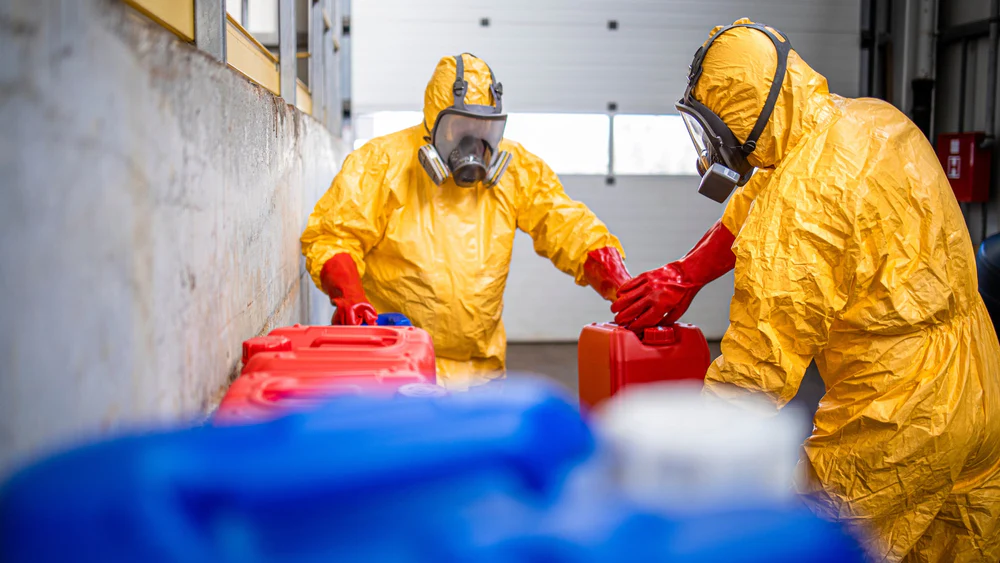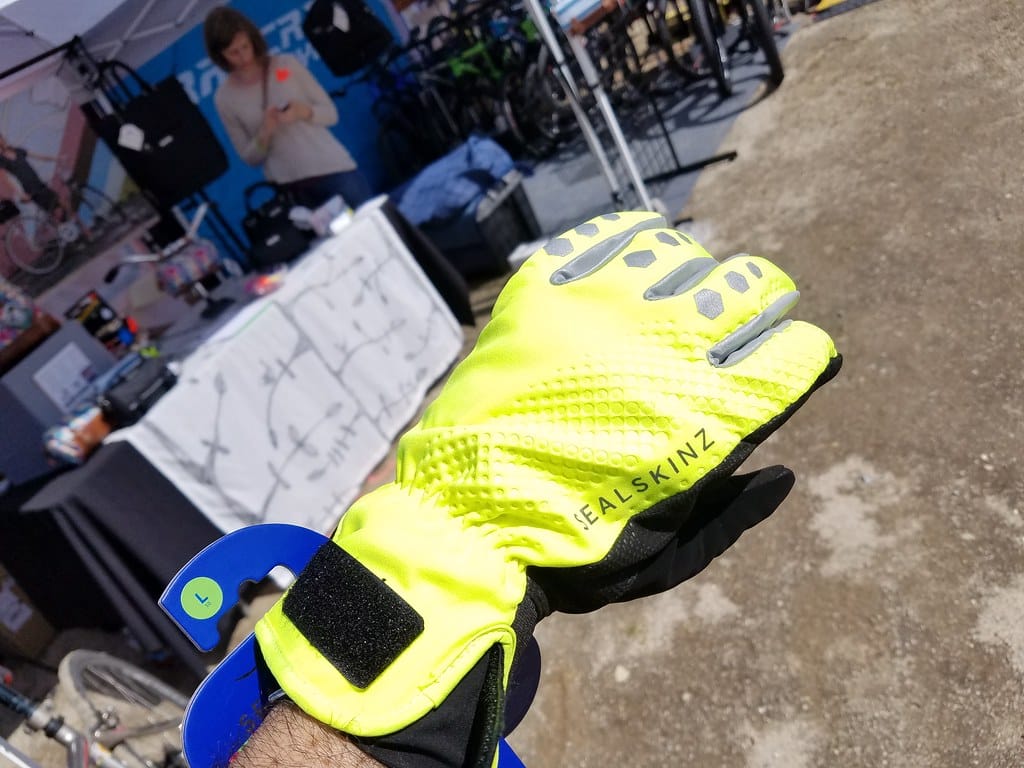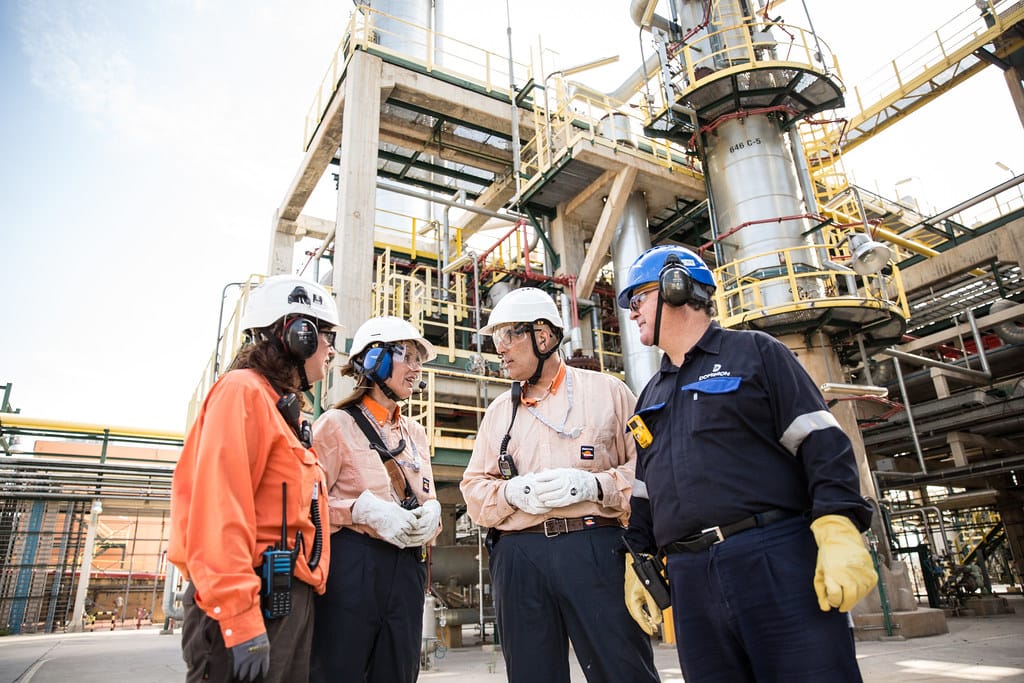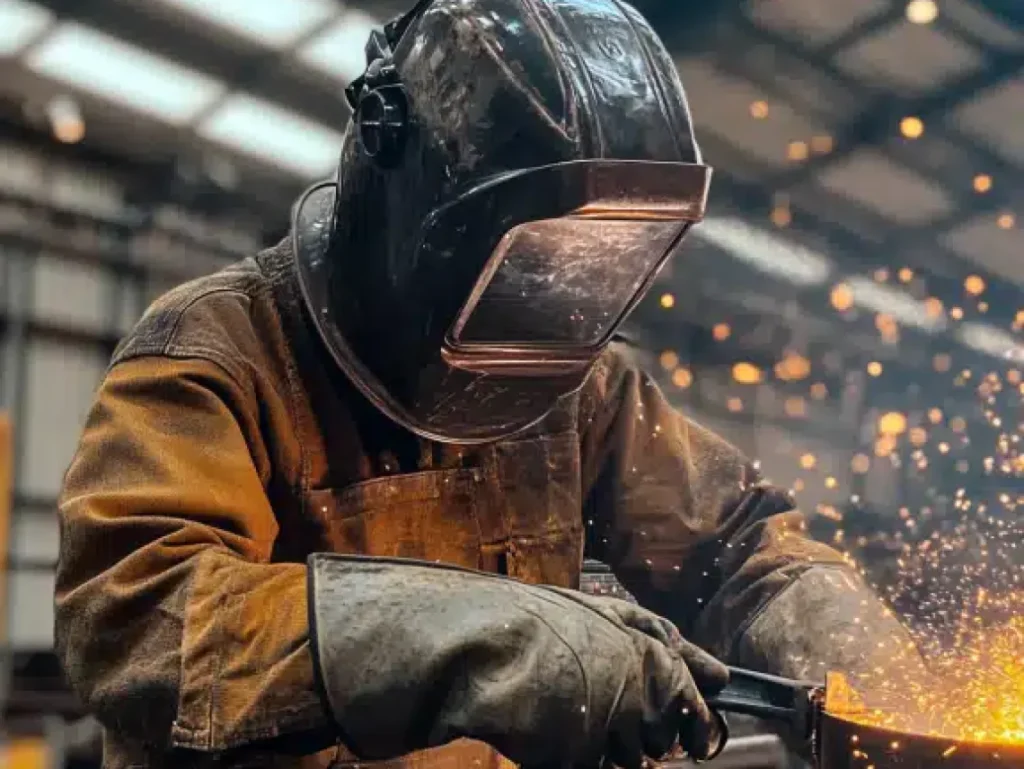
Not all chemical hazards are the same—so your protective suit shouldn’t be, either.
If you’re exposed to gas, you’ll need one kind of barrier. If it’s acid splash, it’s another.
Buying a "chemical suit" blindly? That’s how mistakes—and injuries—happen.
Here’s how to choose the right chemical protective clothing based on what kind of hazard you’re actually dealing with.
Step 1: Identify the Physical State of the Chemical
The form of the chemical determines the level of protection you need:
| Chemical Form | Risks | Needs |
|---|---|---|
| Gas / Vapor | Inhalation, permeation through seams | Full encapsulation, gas-tight seams (Type 1) |
| Liquid (High pressure) | Splash under force | Liquid-tight suit (Type 3) |
| Liquid (Low pressure) | Mist, spray, slow leaks | Spray-tight suit (Type 4) |
| Solid / Particulate | Dust, fibers, powders | Particle-tight suit (Type 5) |
| Light splash only | Low-volume contact | Minimal barrier suit (Type 6) |
⚠️ Most accidents happen because the wrong type of protection is worn for the wrong type of exposure.
Step 2: Know the Chemical Itself
It’s not just the form—you also need to know what the chemical does.
| Hazard Type | Protection Focus |
|---|---|
| Acids | Resistance to corrosive burn |
| Solvents | Barrier to penetration/permeation |
| Pesticides | Barrier + anti-absorption |
| Caustics (alkalis) | Splash resistance + fabric durability |
| Toxic Gases | Full gas-tight suit + respirator |
✅ Check the Safety Data Sheet (SDS) of the chemical—look for:
- Physical state
- Toxicity rating
- Volatility
- Flashpoint
- pH level
Step 3: Match the Suit Type to the Task
| Application Scenario | Recommended Suit Type | Notes |
|---|---|---|
| Emergency response to toxic gas leak | Type 1 (gas-tight) | Requires SCBA compatibility |
| Spraying concentrated acid or base under pressure | Type 3 | Needs sealed seams + chemical boots/gloves |
| Pesticide spraying in open air | Type 4 | Often with hood, goggles, and gloves |
| Pharmaceutical powder handling | Type 5 | Focus on dust-proof seams and breathing zone |
| Light cleaning with mild disinfectant | Type 6 | Budget-friendly, for brief exposure only |
✅ Overprotecting = overheating and fatigue
✅ Underprotecting = chemical exposure risk
Balance is key.
Step 4: Check Compatibility of Material and Chemical
Not all suits protect against all chemicals—even with the same Type rating.
Use a Chemical Compatibility Chart to match:
- Suit fabric (e.g. Tychem® 2000, PVC, PE-laminate)
- Against specific chemical name and concentration
✅ Ask for:
- Permeation breakthrough time (how long before chemical passes through)
- Degradation rating (material becomes weak or brittle?)
- Saturation effects (loss of barrier over time)
🧪 Two suits with the same EN 14605 rating may perform very differently against sulfuric acid or methylene chloride.
Step 5: Consider Duration and Working Conditions
Ask yourself:
- How long will the wearer be exposed?
- Is there heat, humidity, or confined space?
- Is the suit disposable or reusable?
- Will they need to move a lot? Climb? Bend?
Tips:
- For long tasks → Choose breathable or ventilated options
- For short, high-risk jobs → Use fully encapsulated disposable gear
- For high-activity jobs → Use ergonomic designs with stretch panels
✅ A suit is only protective if it can actually be worn correctly—for the whole shift.
Quick Selection Chart
| Hazard | Recommended Suit Type | Example Industry |
|---|---|---|
| Chlorine gas | Type 1 | Water treatment / emergency response |
| Sulfuric acid splash | Type 3 or 4 | Battery production, chemical blending |
| Powdered antibiotics | Type 5 | Pharmaceutical manufacturing |
| Mild bleach use | Type 6 | Facility cleaning |
| Fungicide spraying | Type 4 | Agriculture |
What to Ask Before Buying
- What is the exact chemical name and concentration?
- Is the exposure gas, liquid, or powder?
- How long will the suit be worn?
- Does the suit have test data for this chemical?
- Are zippers, seams, and cuffs sealed appropriately?
- Can you provide a compatibility chart or EN certification?
At workwearsolutions, we match suit materials to your real chemical risks—not just catalog descriptions.
Conclusion
The best chemical suit isn’t the most expensive—it’s the one that matches the exact hazard you’re facing.
As a buyer or safety manager:
- Start with the chemical form + risk
- Match it to the correct Type (1–6)
- Double-check with a compatibility chart
- Consider comfort and usability for your workers
Need help choosing the right suit for gas, splash, powder—or something more complex?
We’ll help you get it right—because in chemical protection, “close enough” isn’t good enough.
📩 Contact: [email protected]
🌐 Visit: www.workwearsolutions.net
Zion Zhang
Recent Posts
 The Nigerian Agent Who Lost $50,000 on Fake Certificates — Then Came Back Stronger2025年10月20日Introduction In the global trade of PPE and industrial […]
The Nigerian Agent Who Lost $50,000 on Fake Certificates — Then Came Back Stronger2025年10月20日Introduction In the global trade of PPE and industrial […] How a Brazilian Trader Used $5,000 to Break into the PPE Market2025年10月20日Introduction In a world where industrial safety and […]
How a Brazilian Trader Used $5,000 to Break into the PPE Market2025年10月20日Introduction In a world where industrial safety and […] From First Order to Market Leader: A Ghana Distributor’s 3-Year Journey2025年10月20日In the fast-growing African PPE and workwear market, small […]
From First Order to Market Leader: A Ghana Distributor’s 3-Year Journey2025年10月20日In the fast-growing African PPE and workwear market, small […] Scaling Your Workwear Brand: From Local Agent to Regional Distributor2025年10月15日In the workwear and PPE industry, many businesses start […]
Scaling Your Workwear Brand: From Local Agent to Regional Distributor2025年10月15日In the workwear and PPE industry, many businesses start […] After-Sales Service & Customer Retention in the Workwear Business2025年10月15日In the global workwear and PPE industry, many suppliers […]
After-Sales Service & Customer Retention in the Workwear Business2025年10月15日In the global workwear and PPE industry, many suppliers […] Government & Corporate Contracts: Winning Large PPE & Workwear Deals2025年10月14日Government & Corporate Contracts: Winning Large PPE […]
Government & Corporate Contracts: Winning Large PPE & Workwear Deals2025年10月14日Government & Corporate Contracts: Winning Large PPE […]
CONTACT US
- Feel free to contact us any time. We will get back to you as soon as we can!
- +86-17330061805
